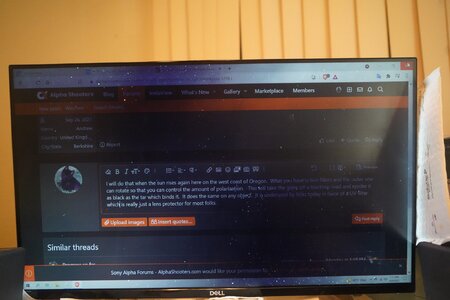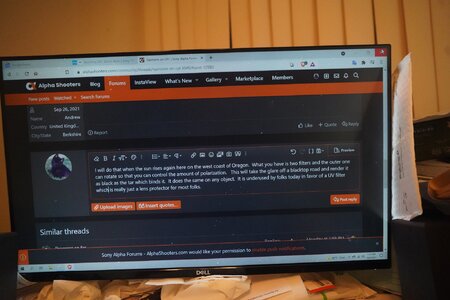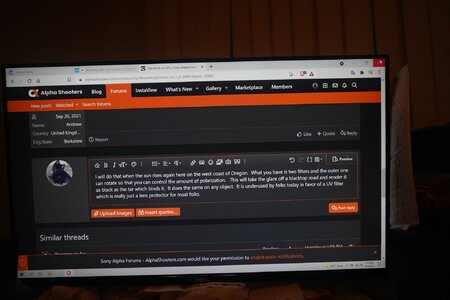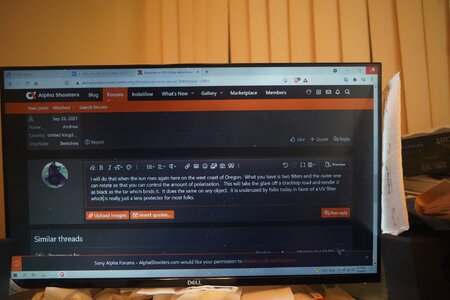Andrew
Active Member
- Followers
- 0
- Following
- 0
- Joined
- Sep 26, 2021
- Posts
- 87
- Likes Received
- 37
- Name
- Andrew
- Country
- United Kingdom
- City/State
- Berkshire
I have never used these and debating if it’s worth the money, is there a clear difference from your perspective?
This thread is more aimed at Landscape but interested to know if it fits other areas?
This thread is more aimed at Landscape but interested to know if it fits other areas?




